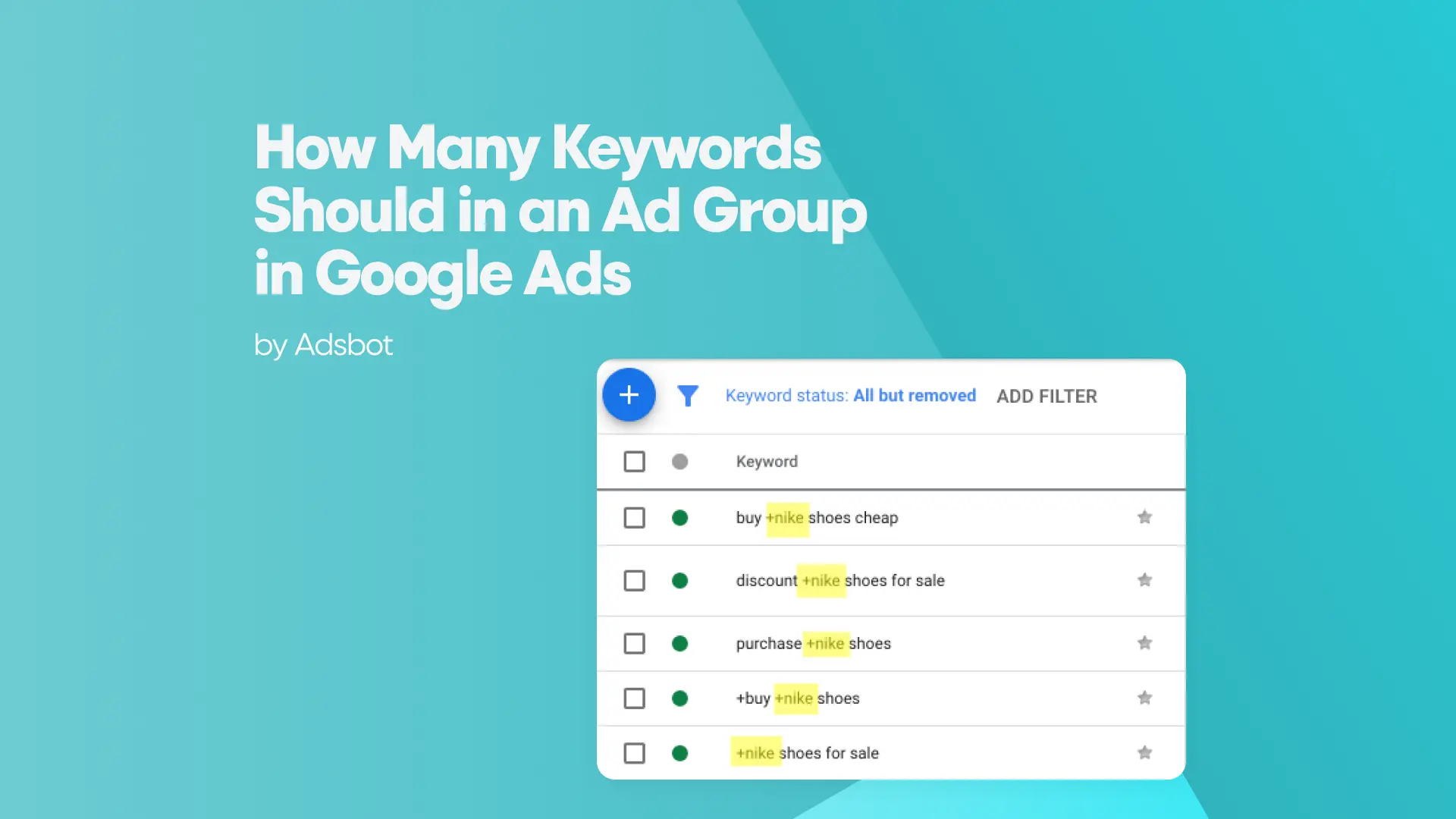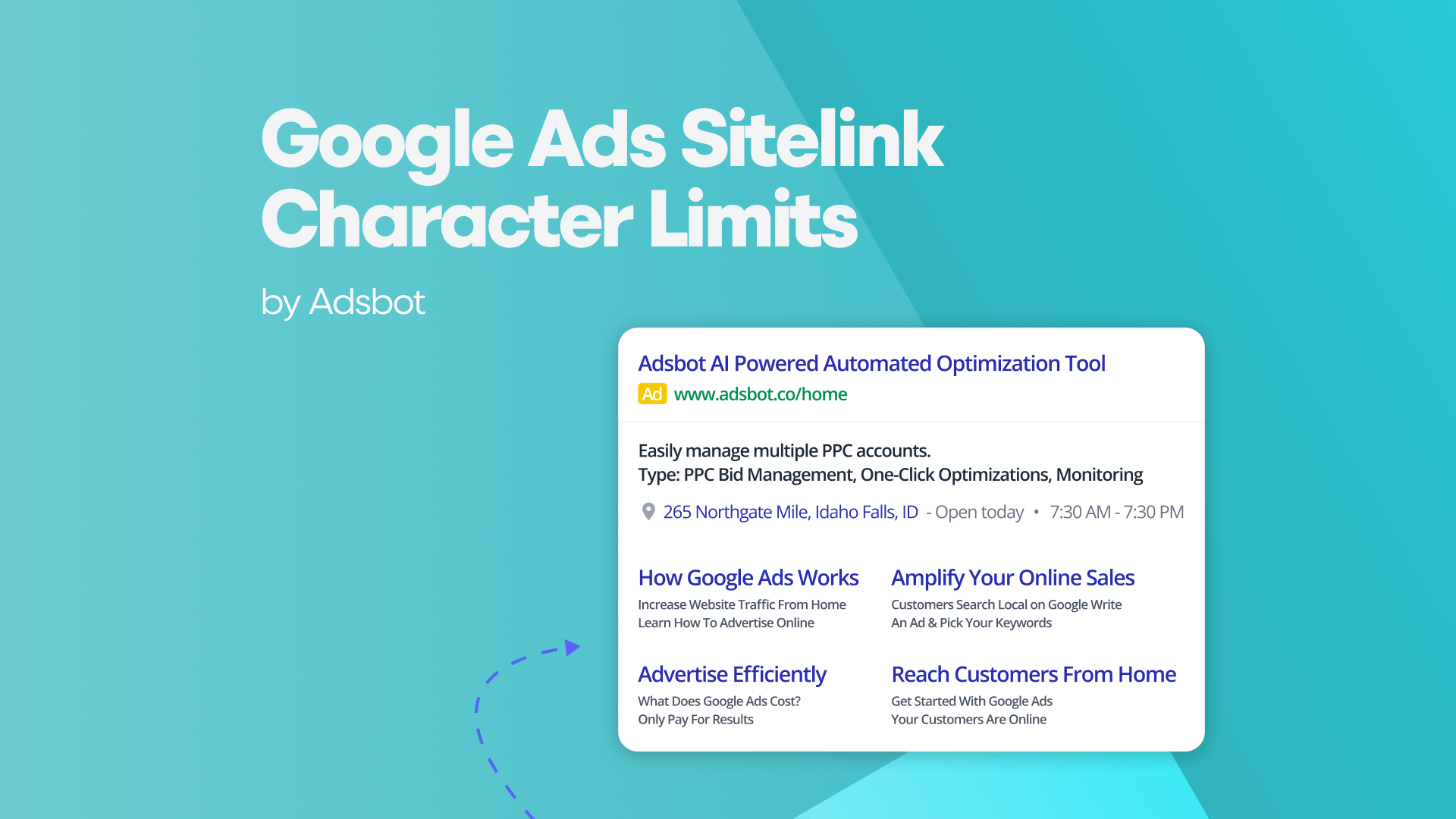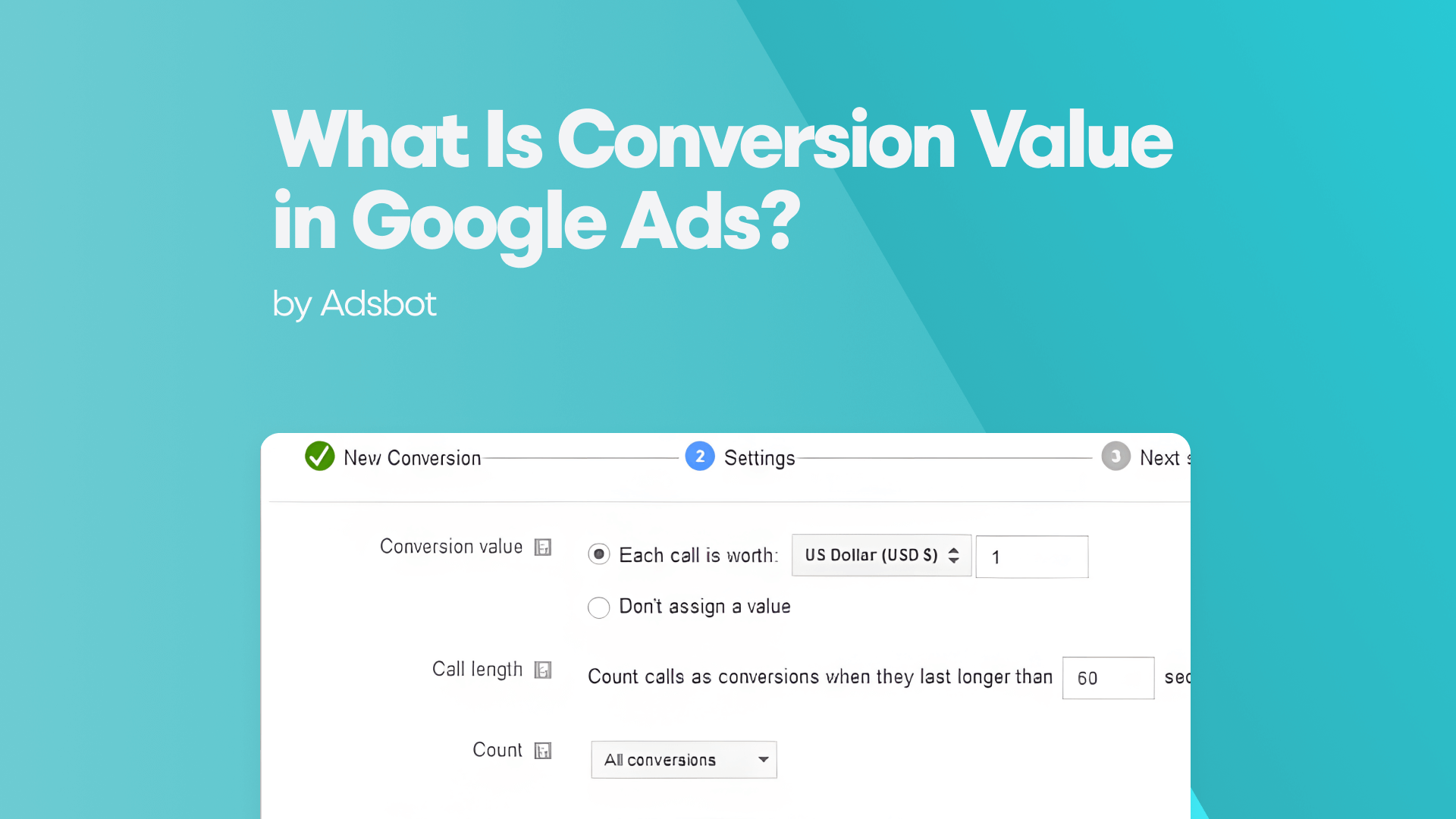If you’re running paid search ads, simply running ads isn’t enough; you need a strategic, data-driven approach to paid search management to cut through the noise and drive real results. Whether you’re a small business owner dipping your toes into Google Ads for the first time or a seasoned marketer looking to refine your PPC strategy, mastering paid search management can mean the difference between wasting budget and achieving a 10x return on ad spend (ROAS). But here’s the catch: 76% of businesses struggle with underperforming PPC campaigns because they lack the expertise to optimize bids, select the right keywords, or track performance effectively.
This isn’t merely an overview; it’s a comprehensive, step-by-step guide designed to help you understand, execute, and scale high-converting paid search campaigns. From demystifying the core components of PPC management to advanced bid optimization techniques, we’ll cover everything you need to dominate search engine results pages (SERPs), outmaneuver competitors, and turn clicks into customers. Ready to transform your paid search strategy? Let’s dive in.
Understanding Paid Search and Its Importance
Paid search, often referred to as pay-per-click (PPC) advertising, is a digital marketing model where advertisers pay a fee each time their ad is clicked. Unlike organic search, which relies on SEO to rank content naturally, paid search allows businesses to instantly appear at the top of search results for targeted keywords, giving them immediate visibility to potential customers. The most common platform for paid search is Google Ads, though Bing Ads and social media platforms like Facebook and LinkedIn also offer robust PPC options. What makes paid search indispensable is its precision targeting: advertisers can tailor campaigns based on demographics, location, device type, and even the time of day, ensuring ads reach the most relevant audience.
The importance of paid search extends beyond just visibility. For businesses, it’s a highly measurable channel where every dollar spent can be tracked to conversions, sales, or leads. Unlike traditional advertising (think billboards or TV ads), paid search provides real-time data, allowing marketers to adjust strategies on the fly for maximum efficiency. Moreover, paid search levels the playing field; small businesses with limited budgets can compete with industry giants by focusing on long-tail keywords and niche audiences. Studies show that 65% of high-intent searches (where users are ready to buy) result in a click on a paid ad, making it a critical tool for driving revenue. Without a well-managed paid search strategy, businesses risk losing potential customers to competitors who outbid, out-target, and out-optimize them.
Key Components of Effective Paid Search Management
Developing a high-converting paid search campaign hinges on a well-structured account architecture that aligns with your business goals. This means organizing campaigns, ad groups, and keywords in a logical hierarchy to ensure relevance, improve Quality Score, and maximize ad performance. Other key factors include:
- Keyword Research and Selection: Identifying high-intent, low-competition keywords that align with your audience’s search behavior. Tools like Google Keyword Planner, SEMrush, or Ahrefs can uncover hidden opportunities, while negative keywords help filter out irrelevant traffic.
- Compelling Ad Copy: Crafting persuasive, benefit-driven ad text that includes a strong call-to-action (CTA) and aligns with the user’s search intent. A/B testing different variations (e.g., headline, description, display URL) is essential to determine what resonates best with your audience.
- Landing Page Optimization: Ensuring that the page users land on after clicking your ad is relevant, fast-loading, and conversion-focused. A mismatch between ad copy and landing page content can lead to high bounce rates and wasted ad spend.
- Bid Management and Budget Allocation: Strategically distributing your budget across campaigns based on performance data. This includes adjusting bids for high-performing keywords, pausing underperforming ones, and leveraging automated bidding strategies like Target CPA (Cost Per Acquisition) or Maximize Conversions.
- Performance Tracking and Analytics: Implementing tools like Google Analytics 4 (GA4) and Google Ads conversion tracking to monitor key metrics such as click-through rate (CTR), conversion rate, and return on ad spend (ROAS). Using a platform with AI analysis, like Adsbot, can streamline regular audits to help identify trends, anomalies, and optimization opportunities.
Without these components working in harmony, even the most well-funded campaigns can fail to deliver results. The best paid search managers don’t just set up campaigns; they continuously refine them based on data, industry trends, and competitive insights to stay ahead.
How to Select the Right Keywords for Your Paid Search Campaigns
Selecting the right keywords is the foundation of a successful paid search campaign, as it determines who sees your ads and whether they’re likely to convert. The process begins with understanding search intent, the reason behind a user’s query. Keywords can be broadly categorized into four types: informational (e.g., “how to fix a leaky faucet”), navigational (e.g., “Home Depot near me”), commercial (e.g., “best running shoes 2024”), and transactional (e.g., “buy iPhone 15 Pro Max”). For paid search, transactional and commercial keywords are typically the most valuable because they indicate a user’s readiness to purchase. However, informational keywords can also play a role in top-of-funnel (TOFU) strategies to build brand awareness.
Once you’ve identified intent, the next step is competitive analysis. Tools like SpyFu or iSpionage allow you to see which keywords competitors are bidding on, their ad copy, and estimated budgets. This insight helps you spot gaps in their strategy and capitalize on underserved keywords. Additionally, leveraging long-tail keywords (e.g., “affordable organic dog food for small breeds”) can reduce competition and lower cost-per-click (CPC) while attracting highly targeted traffic. Don’t overlook negative keywords, terms you explicitly exclude, to prevent your ads from showing for irrelevant searches (e.g., a luxury watch brand might exclude “cheap” or “discount”). Finally, regularly refresh your keyword list based on performance data, seasonality, and emerging trends to maintain campaign relevance and efficiency.
Tracking and Measuring Paid Search Performance
Accurate tracking is the backbone of paid search success, as it reveals what’s working, what’s not, and where to allocate budget for maximum impact. Without proper measurement, you’re essentially flying blind, wasting money on underperforming keywords or missing opportunities to scale high-converting campaigns. Other key factors include:
- Conversion Tracking Setup: Implementing Google Ads conversion tracking or third-party tools like CallRail (for phone leads) to attribute sales, sign-ups, or other valuable actions directly to your ads. Micro-conversions (e.g., newsletter subscriptions, downloads) should also be tracked to gauge engagement.
- Key Performance Indicators (KPIs): Monitoring metrics such as click-through rate (CTR), cost per click (CPC), conversion rate, and return on ad spend (ROAS). For example, a low CTR may indicate weak ad copy, while a high CPC could signal excessive competition for a keyword.
- Attribution Modeling: Understanding how different touchpoints contribute to conversions. Models like last-click, first-click, or linear attribution help determine which ads deserve credit for driving sales, especially in multi-channel funnels.
- A/B Testing: Running experiments on ad copy, landing pages, or bidding strategies to identify the most effective variations. Even small tweaks, like changing a CTA from “Learn More” to “Get a Free Quote,” can significantly impact performance.
- Competitive Benchmarking: Comparing your metrics against industry averages (e.g., average CTR for your sector) to assess whether your campaigns are outperforming or lagging behind competitors.
The most successful paid search managers don’t just collect data; they act on it. Regularly reviewing performance reports, adjusting bids, and refining targeting based on insights ensures your campaigns remain agile and results-driven. Utilizing a platform like Adsbot with consolidated dashboards can make it easier to act on these insights efficiently.
Optimizing Bid Strategies to Improve Ad Positioning
Bid optimization is where science meets strategy in paid search management, as it directly influences your ad’s visibility, cost, and ultimately, profitability. The goal isn’t just to outbid competitors but to bid smartly, balancing ad position with cost efficiency. Google Ads offers several automated bidding strategies, such as Target CPA (Cost Per Acquisition), which adjusts bids to meet a predefined acquisition cost, or Maximize Clicks, which focuses on driving as much traffic as possible within a set budget. However, manual bidding remains powerful for experienced marketers who want granular control, especially for high-value keywords where position #1 isn’t always the most profitable. For instance, ads in position #2 or #3 often achieve a lower CPC with only a slight drop in CTR, making them more cost-effective.
To refine your bid strategy, start by segmenting keywords based on performance. High-converting keywords deserve higher bids, while underperformers should be paused or adjusted. Dayparting, adjusting bids by time of day or day of the week, can also improve efficiency. For example, a B2B company might increase bids during business hours when decision-makers are active. Additionally, device bid adjustments account for differences in conversion rates across mobile, desktop, and tablet users. Mobile traffic, for instance, may have a lower conversion rate but higher volume, requiring a different bid approach. Finally, leveraging audience signals (e.g., remarketing lists, customer match) allows you to bid more aggressively for users who’ve previously interacted with your brand, increasing the likelihood of conversion. The key is to test, measure, and iterate. Bid optimization is an ongoing process, not a set-it-and-forget-it task.
Platforms like Adsbot enhance this control through customizable automation agents that automate bid and budget adjustments. For instance, you can set up agents to automatically raise bids on high-converting keywords or pause underperforming campaigns based on your specific criteria, allowing your account to respond to performance changes in real time.
Popular Posts
-
How Many Keywords Should Be In an Ad Group in Google Ads?
Ever wondered if your Google Ads campaigns are packed with…
Read more -
Google Ads Script for Dummies: An Introduction
Imagine you have an e-commerce website that sells licensed superhero…
Read more -
Google Ads Sitelink Character Limits
Your Google Ads are cutting off in the middle of…
Read more -
What Is Conversion Value in Google Ads?
What if you could put a price tag on every…
Read more
Register for our Free 14-day Trial now!
No credit card required, cancel anytime.





